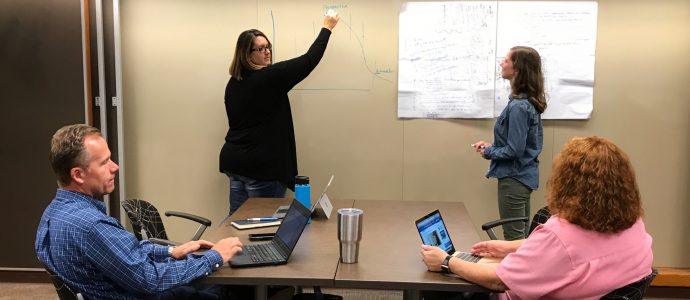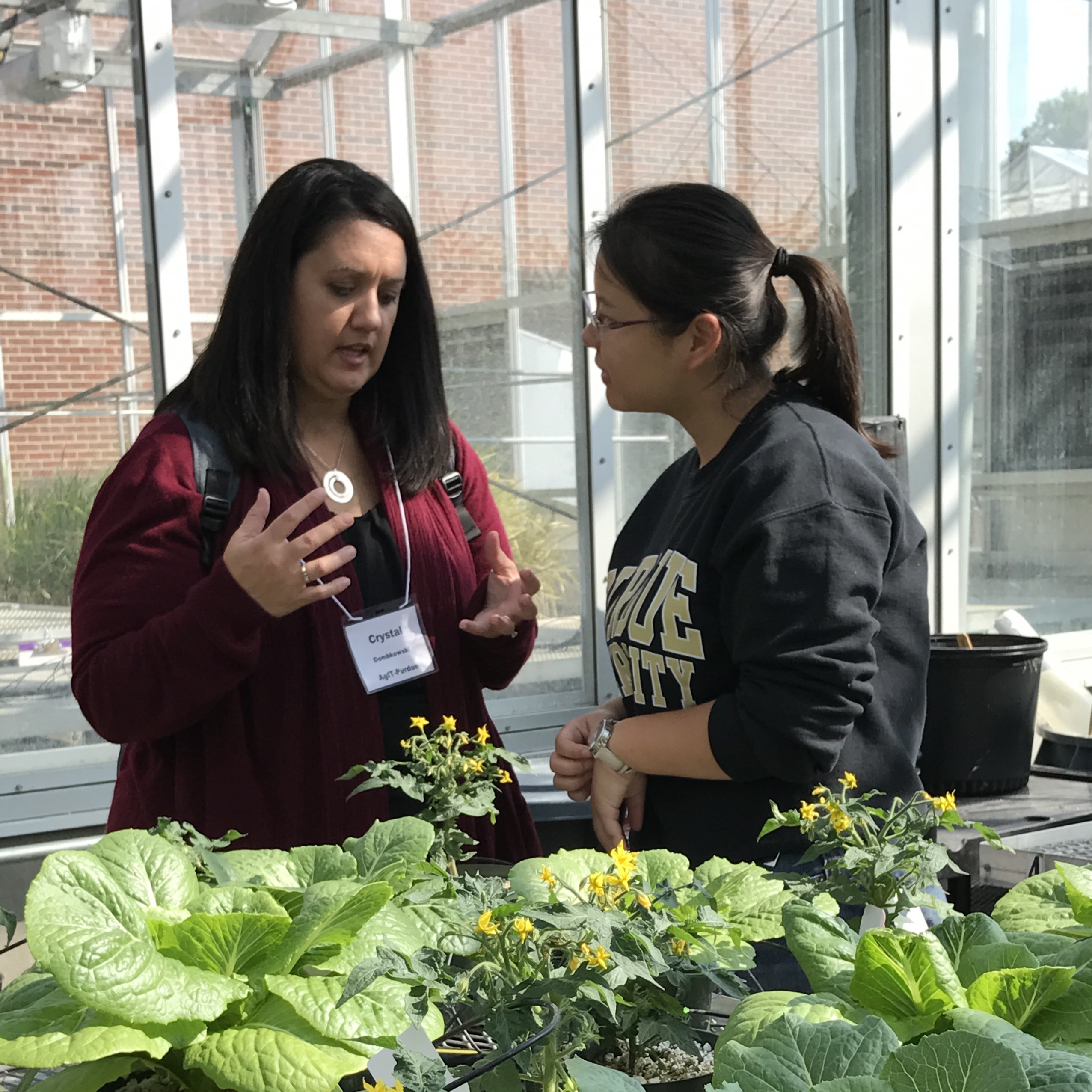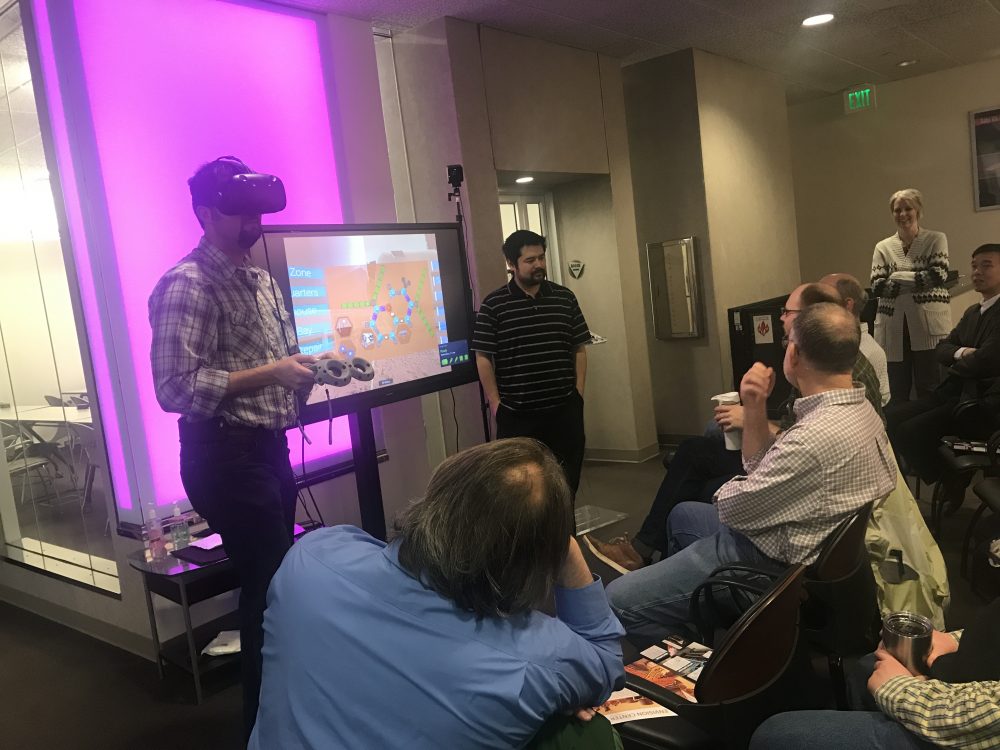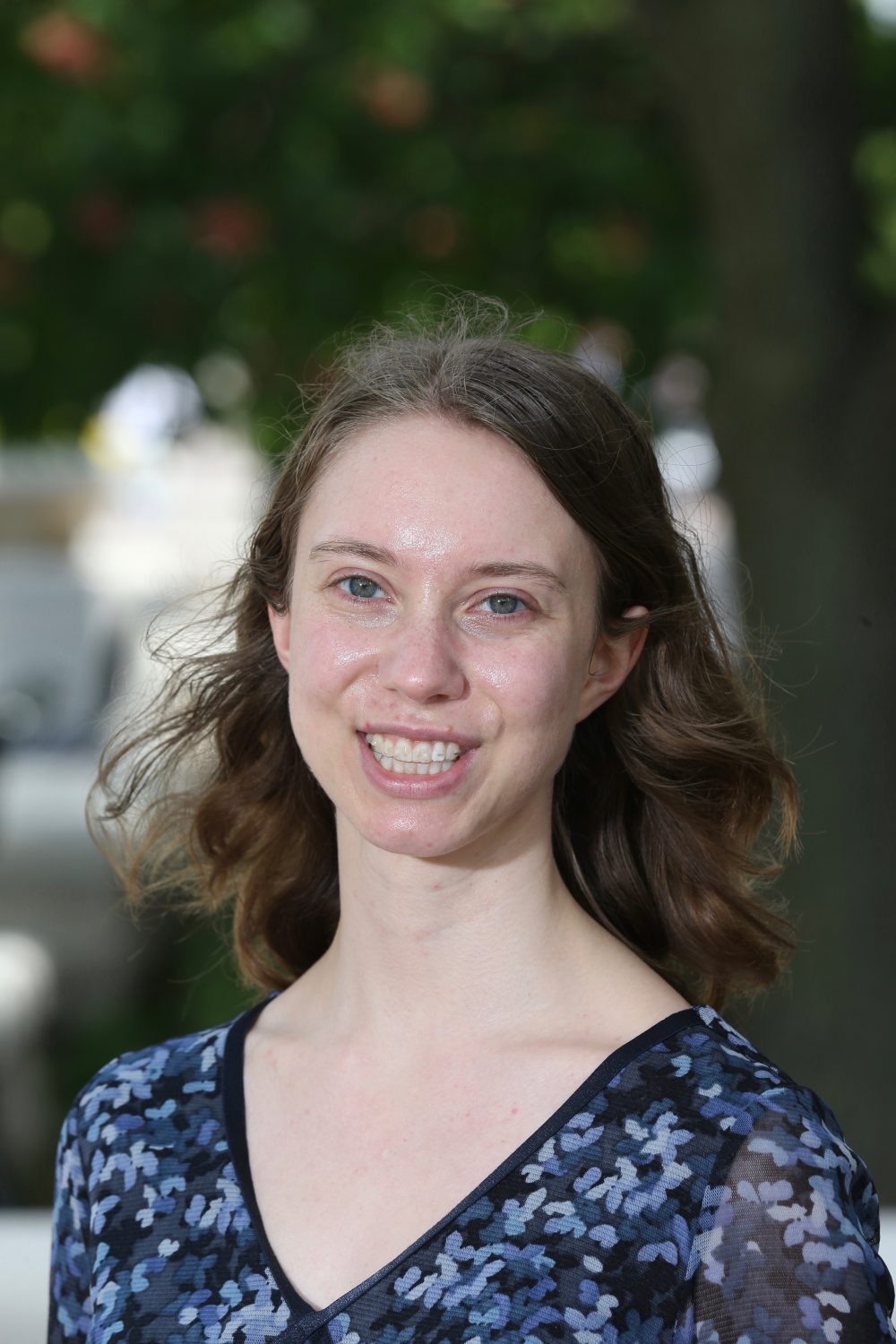Journey of BRM: Purdue Part 3

With BRMConnect 2018 just around the corner, we’re diving even deeper into this year’s theme: The Journey of BRM. Already, we’ve highlighted and shared the stories of top BRMs in our #IAmBRM campaign. We launched Becoming A Value-Focused Organization to support BRMs on their journey to identify and drive value in their organizations. Now, we’ll share the step-by-step process of The College of Agriculture at Purdue University, in a series of pieces which document their own, very special Journey of BRM. The series will culminate with the release of their annual report at BRMConnect in San Diego this Oct 1-3.
The annual report gave our BRM team a chance to demonstrate how we had developed as a program over the previous year. As our first report, this document was an opportunity to tell our story: where we had been, where we are going, and the steps we would take along the way. In particular, it allowed us to apply metrics to our experiences, and further illustrate the impact of the program.
Create and Design
Creating the annual report required each team member’s effort and expertise. We were not aware of any similar projects within Purdue or the larger BRM community we could turn to as examples. This presented a challenge, but also allowed us the freedom to design a report specifically suited to meet our program’s needs, and the expectations of the college academic leadership. We began by brainstorming about the BRM program itself—the problems we were trying to solve, actions taken toward solving them, and the benefits and value resulting from those actions. From these basic building blocks evolved a full-fledged report with accompanying metrics.
We designed each section of the report to reflect our journey to our current level of maturity, highlighting specific stories where we had experienced success. One of the challenges we faced while creating the report was transforming our collection of metrics into a cohesive story. We had to carefully consider what each chart or graph was truly saying, and how we could use the data to show the value of the BRM program (and why it mattered). Although many of our metrics could be considered “tactical,” we were able to demonstrate how they were changing and maturing over time, and would continue to do so in future iterations.

Even in the process of creating the report, we grew out of some of our initial leading and lagging metrics, finding they no longer represented the story we were trying to tell. As we continue to grow, we expect to see even more changes, especially as we strive towards the BRM Institute’s value metrics.
Collecting Data
It is important to note that we would have no data, and therefore no metrics to show, if we did not keep careful records of all our partner interactions. We collect every engagement, engagement outcome, and idea to provide a comprehensive view of the business relationship as it progresses. This requires our team to be deliberate about the information we track, particularly because of the ever-increasing number of engagements. By recording only the most critical information, we have been able to streamline the data collection process and turn it into valuable insights.
Pulling it all together visually
A key difference between our reports and those done by traditional IT groups is our heavy use of photographs to illustrate partner interactions. The photos emphasize our team’s approach in relationship building, which is to go to the business partner, in the lab, field, or classroom, rather than waiting for them to come to us.

This part of our story is not always easy to tell with words and numbers alone. Our photos serve as a snapshot of the work we do every day behind-the-scenes, providing context for the data included in the report.
Each component of the report was added intentionally to showcase our accomplishments to date. It takes a lot of time, energy, and persistence to begin moving along the maturity model—for all partners involved. Our annual report demonstrates the real work occurring that has led to success for us and our partners.

Kayla Gurganus
Program Coordinator of Business Relationship Management at Purdue University